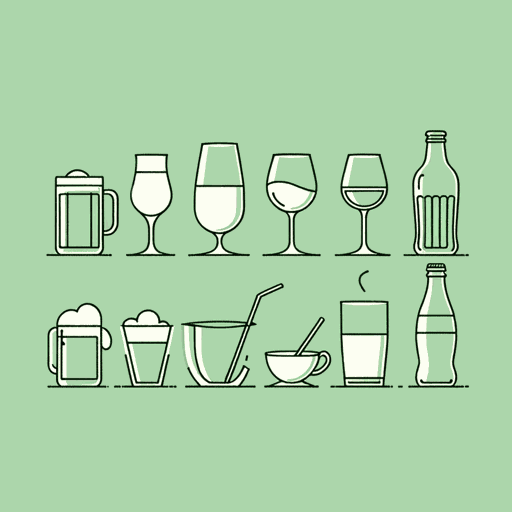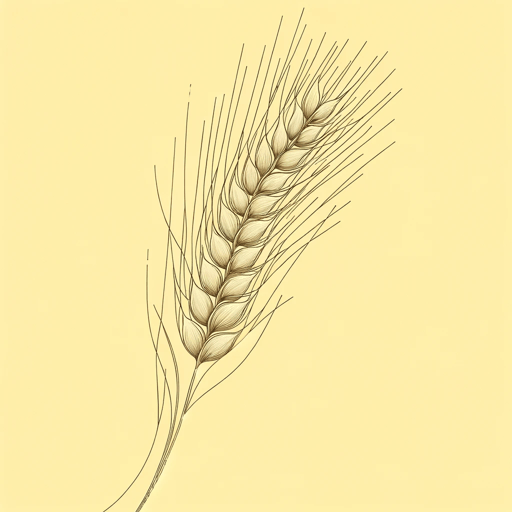72 pages • 2 hours read
Tom StandageA History of the World in 6 Glasses
Nonfiction | Book | Adult | Published in 2005A modern alternative to SparkNotes and CliffsNotes, SuperSummary offers high-quality Study Guides with detailed chapter summaries and analysis of major themes, characters, and more. For select classroom titles, we also provide Teaching Guides with discussion and quiz questions to prompt student engagement.
Chapters 3-4Chapter Summaries & Analyses
Section 2: "Wine in Greece and Rome"
Chapter 3 Summary
Chapters 3 and 4 comprise Section 2 of the book: “Wine in Greece and Rome”. Chapter 3, “The Delight of Wine,” opens with an account of a Mesopotamian king, Ashurnasirpal II of Assyria, who marked the inauguration of his new capital at Nimrud with a mighty feast. This feast was notable because, as well as the customary beer, Ashurnasirpal provided his guests with an equal quantity of wine. Given that wine had to be imported to Mesopotamia, it was very expensive—ten times the price of beer—which made this an impressive show of wealth. Unlike beer, which was available to everyone in Mesopotamia, wine was only available to the elite and was used primarily in religious rituals. Under Ashurnasirpal’s rule, drinking wine “developed into an increasingly elaborate and formal social ritual” (46), so that wine became associated with power and privilege.
There is archaeological evidence for the existence of wine from the Neolithic period, between 9,000-4,000 BCE, in the Zagros Mountains, a region that corresponds to modern-day Armenia and northern Iran. The same agricultural developments that made brewing beer possible enabled the development of viticulture too: the production of surplus grain allowed wine-makers to focus on their craft without worrying about growing their own food, while the invention of pottery around 6,000 BCE allowed them to store wine for longer periods of time.








Related Titles
By Tom Standage


